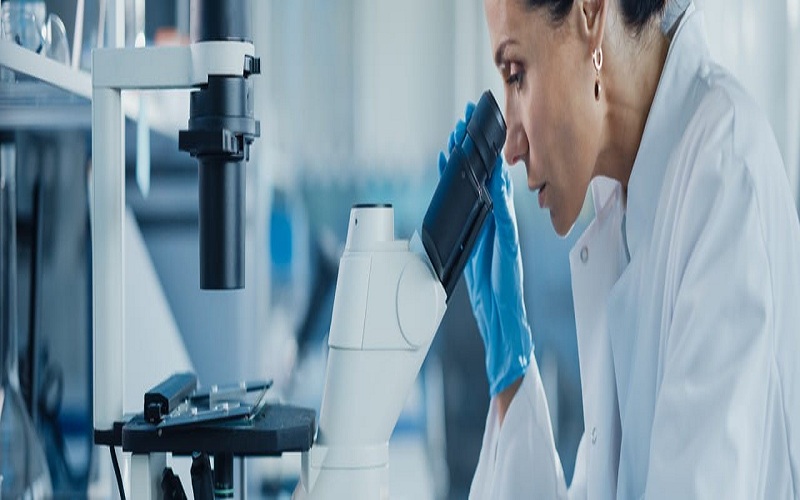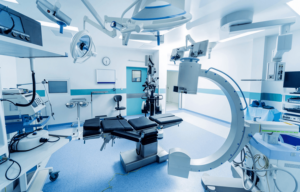The Importance Of Bioburden Testing

Although freshly produced items may appear clean and uncontaminated, they can still harbor various impurities. In industries such as medical device manufacturing, ensuring product safety requires stringent sanitation measures, including bioburden testing. Let’s explore the procedures of bioburden testing and its essential role in ensuring product safety.
Bioburden testing assesses the level of microbial contamination on a product or device before its final sterilization. This test identifies potential pollutants like aerobic and anaerobic bacteria, spores, and fungi.
The success of the final sterilization process largely depends on accurately evaluating the bioburden. Understanding the contamination level is crucial for selecting an appropriate sterilization technique to effectively remove the bioburden without harming the product.
The bioburden testing process begins with collecting a sample for evaluation, identifying, and quantifying specific contaminants. These data are then utilized to calculate the overall contamination levels. Alternatively, the most probable number (MPN) method can be used, assessing contaminant growth over a week.
A critical phase in this process is the final verification, where a specific amount of microbes is added to the sample to confirm the accuracy and non-destructiveness of the sterilization method.
For more details on bioburden testing and its importance in ensuring the safety of medical devices and other products, consider reviewing the resource below for a comprehensive overview on the subject.
Infographic created by Technical Safety Services, a leader in cleanroom testing and validation





